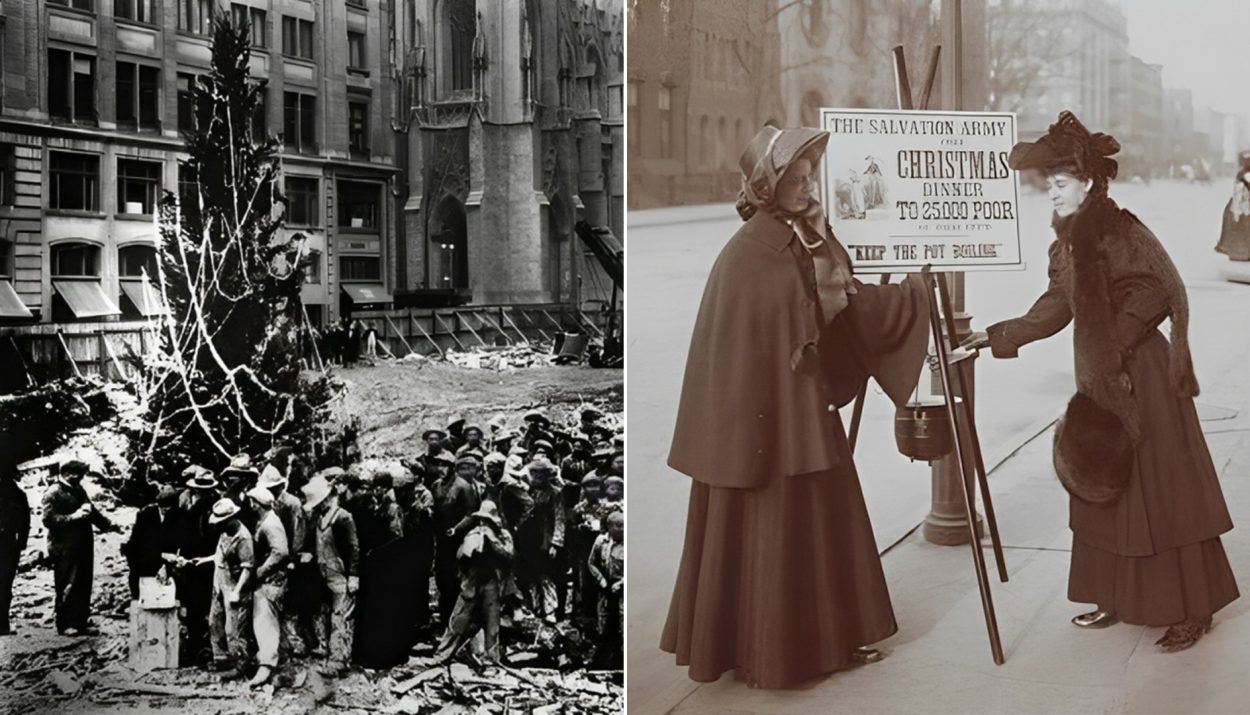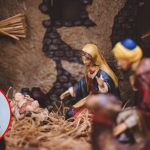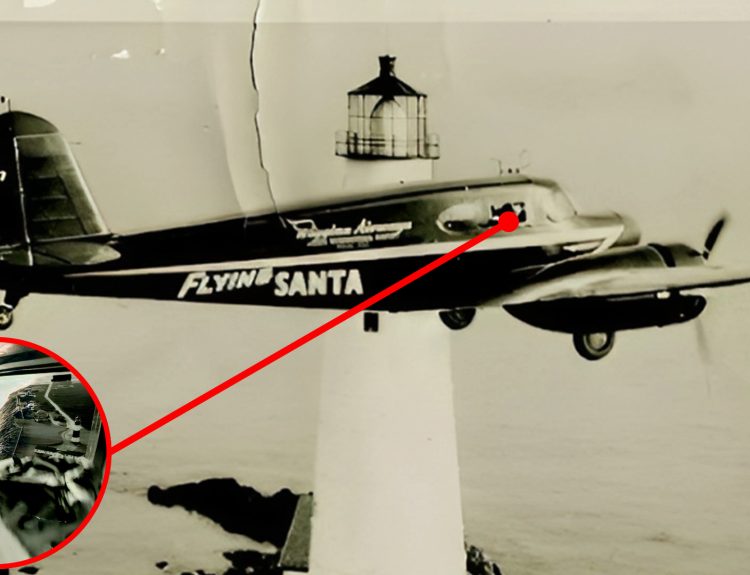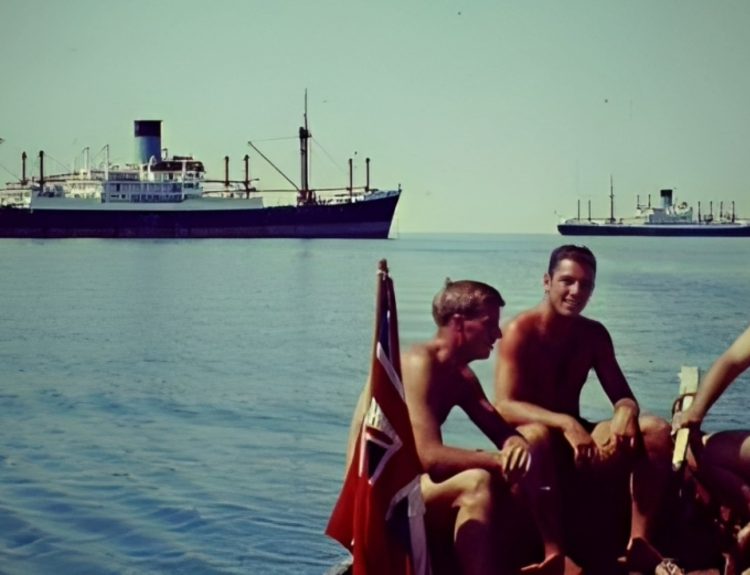From its Puritan roots to today’s commercialized version, Christmas in America has many traditions, old and new. Some traditions date back to as early as 16th century Germany and even ancient Greek times, while others were started in modern times.
Let’s look at 25 traditions Americans have celebrated in the Christmas season and where they came from. From singing songs, to decorating trees and wearing ugly sweaters.
Christmas Trees
Jazzing up a tree with decorations dates back to the Middle Ages in Germany when other European settlers popularized Christmas trees in America.
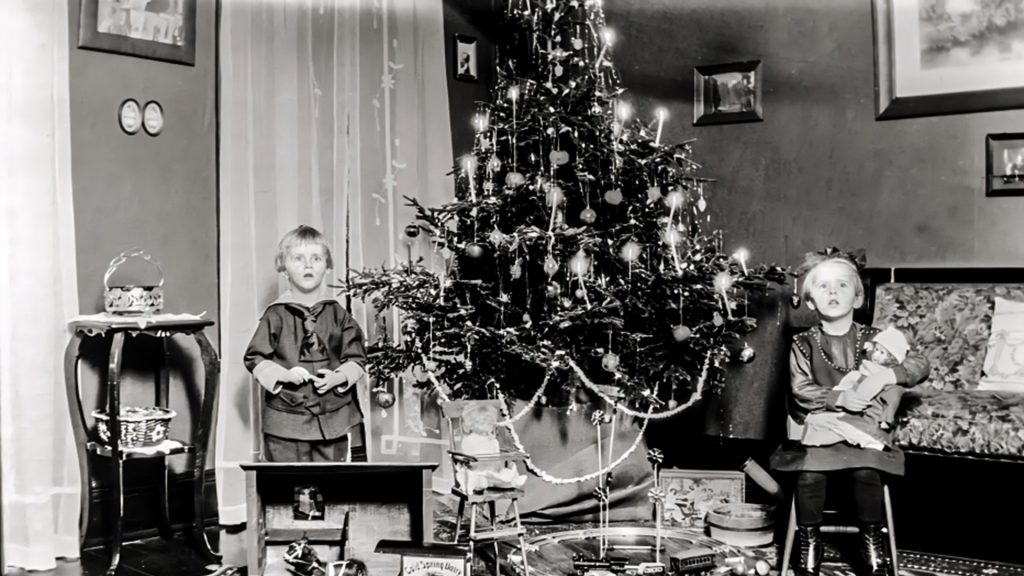
A woodsman from New York named Mark Carr takes the credit for opening the first U.S. Christmas tree lot in 1851. A 2019 survey by the American Christmas Tree Association, (yes there is an American Christmas Tree Association), predicted that 77% of American households displayed a Christmas tree in their home.
The Rockettes
The Missouri Rockets, now known as the Radio City Music Hall Rockettes, has been an iconic dance troupe kicking up its heels since 1925.
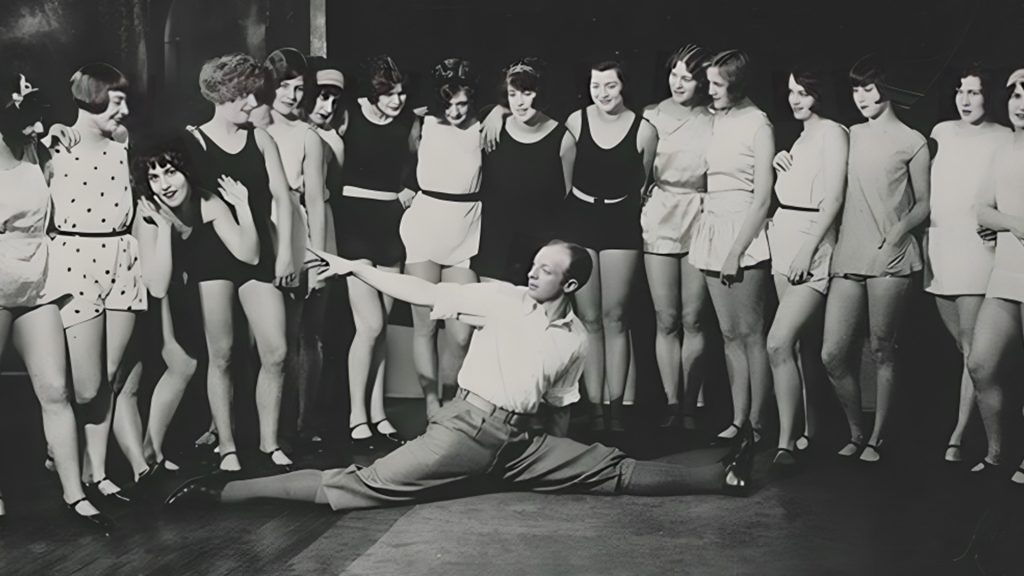
From performing at movie openings to entertaining troops to making TV appearances, they’re perhaps best known for their annual Christmas Spectacular.
‘A Charlie Brown Christmas‘
It’s hard to imagine but this beloved TV special inspired by Charles Schulz’s Peanuts comic strip was initially rejected by CBS executives.
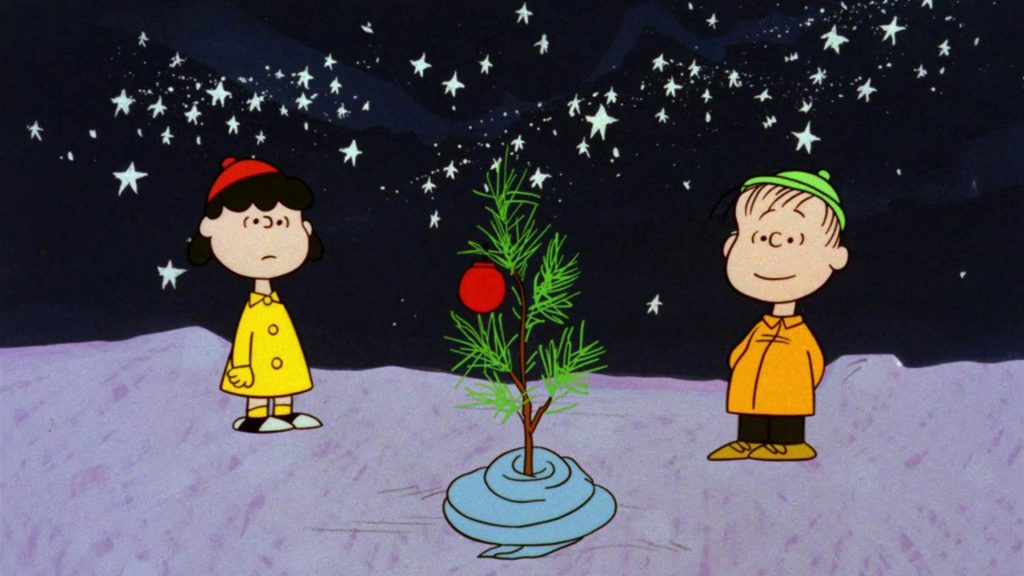
When it finally aired on December 9, 1965, almost half of all U.S. TVs were tuned to the broadcast and eventually the show went on to win an Emmy and a Peabody award. To this day it has an enduring following and even a trend of “Charlie Brown” Christmas trees.
Christmas Pickles
If there’s a pickle among your traditional ornaments, you’re likely taking part in an American tradition. The first child to find the pickle wins a gift, or gets to open the first present on Christmas morning.
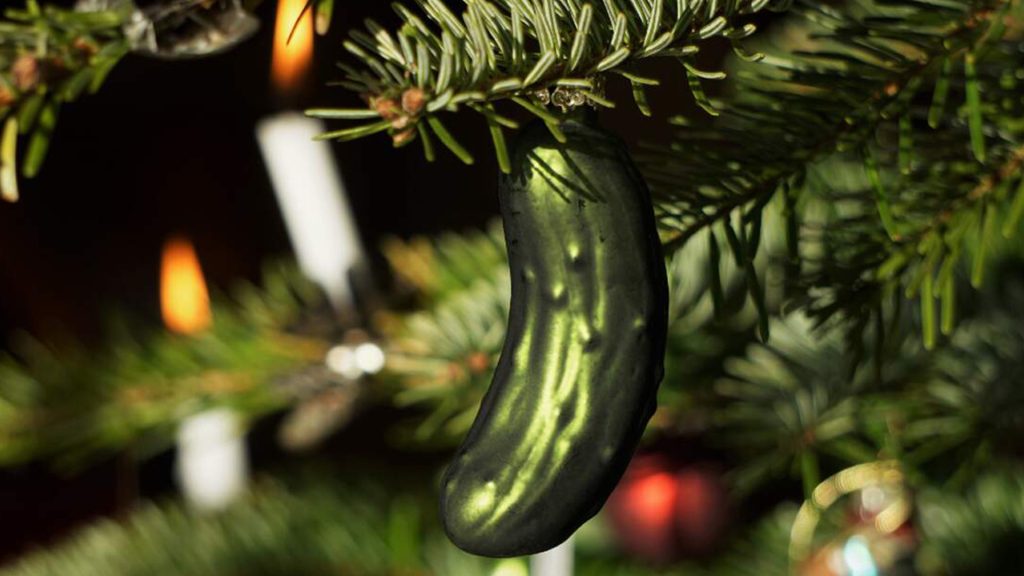
The pickle practice’s origins are a bit unknown, but it likely grew from an old Woolworths marketing gimmick from the late 1800s. The retailer received German ornaments shaped like a pickle and needed a way to get the public to buy in.
Elf on the Shelf
Love it or hate it, since 2005, parents have either out of joy or obligation been hiding a toy elf each night from Turkey Day to Christmas. 13 million plus elves have been “adopted” since 2005 when the book Elf on the Shelf: A Christmas Tradition that comes with the toy, was first published by Carol Aebersold and her daughter, Chanda Bell.

Social media has even inspired some parents to set up elaborate hijinks for their elves-as in: He TP’d the tree! She melted in the snow!
Yule Log
Yule logs were always part of ancient winter solstice celebrations, but it was Americans who turned the utilitarian activity into a must see event.
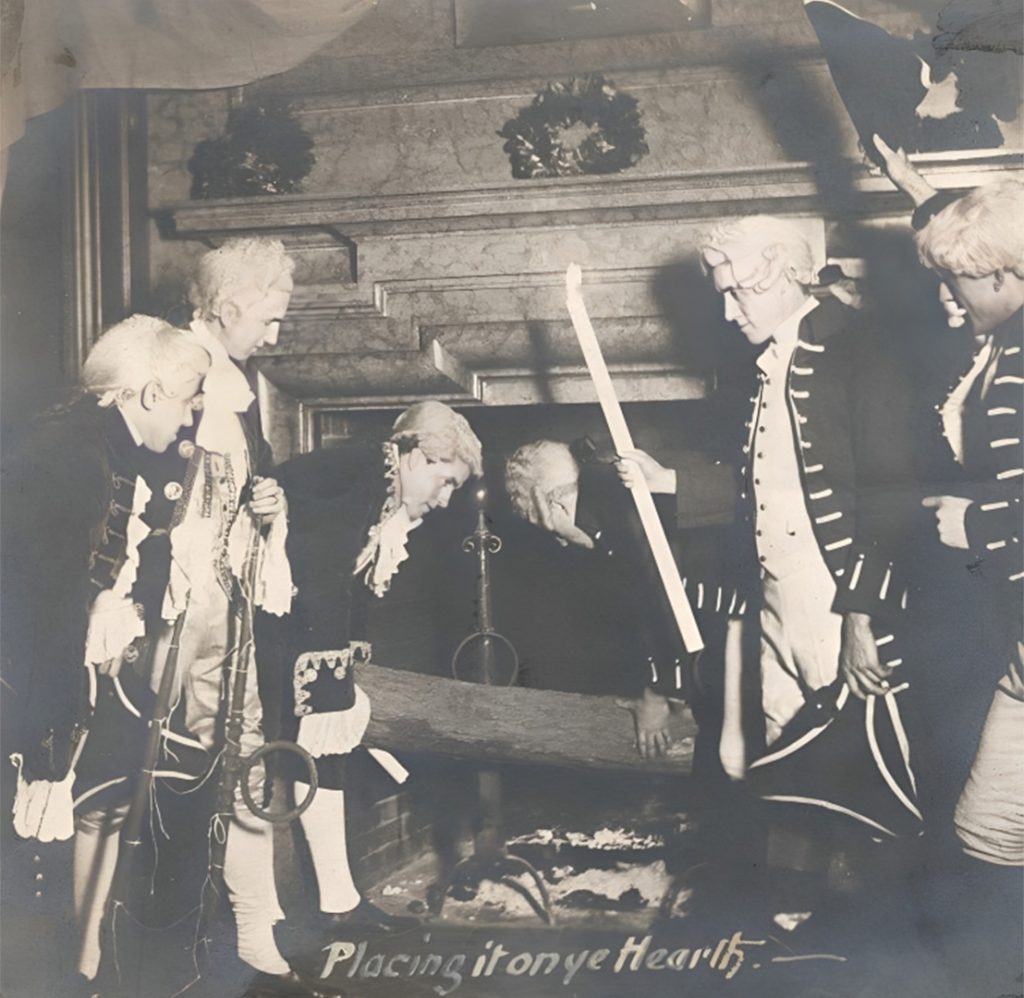
Back in 1966, the station WPIX-TV in New York City aired a 17-second loop of a fireplace for three hours accompanied by classic holiday tunes leading to eventual better production and 20 years of annual viewing. Today, you can view the yule log on demand and on the internet through any smart tv.
Advent Calendars
Early versions of this tradition started in Germany in 1903. Publisher Gerhard Land wanted to offer a way for children to count down to Christmas and thus the advent calendar was born. By opening one “door” or “window” a day to reveal a Bible passage, poem or small gift, Land gave kids a way to get into the Christmas spirit every day of the month until the big day arrived.
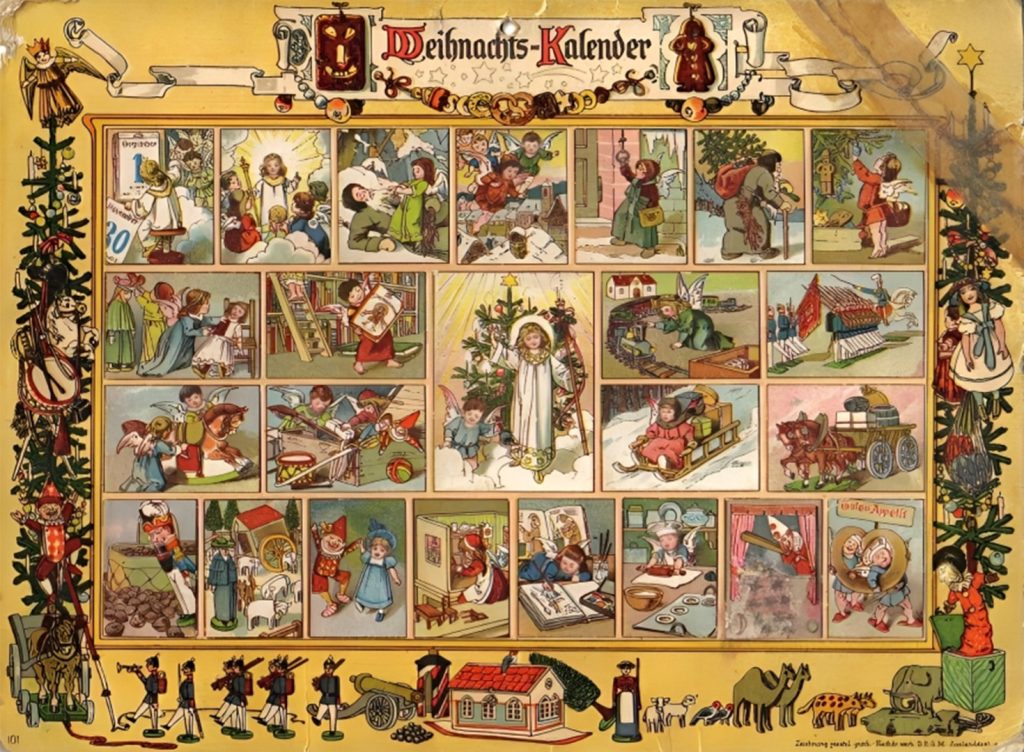
Since gaining popularity among the masses, the calendars have evolved. There are now secular calendars that include daily gifts from mini bottles of wine to trinkets to chocolates and other candies.
Gingerbread Houses
Although Queen Elizabeth I gets all the credit for the early decorating of gingerbread cookies, it was the Germans who lay claim to the start of the gingerbread house tradition.
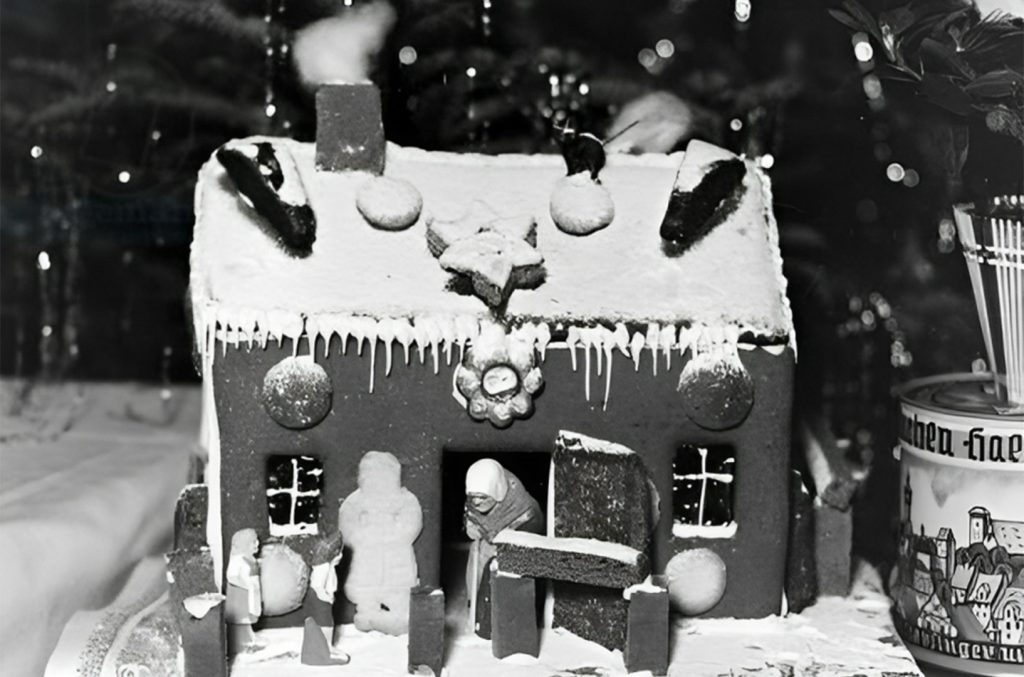
When the Brothers Grimm wrote “Hansel and Gretel” a new holiday tradition was born. Today, the edible decorations come in many shapes and sizes and are designed for kids to be able to personalize their very own gingerbread house however they like.
The Nutcracker
For many, the holiday season is not complete without watching the ballet either in person or on TV from the comfort of their own home. The romantic tale of Clara’s Christmas Eve premiered Dec. 18, 1892, in St. Petersburg, Russia with music by Pyotr Ilyich Tchaikovsky and was originally choreographed by Marius Petipa.
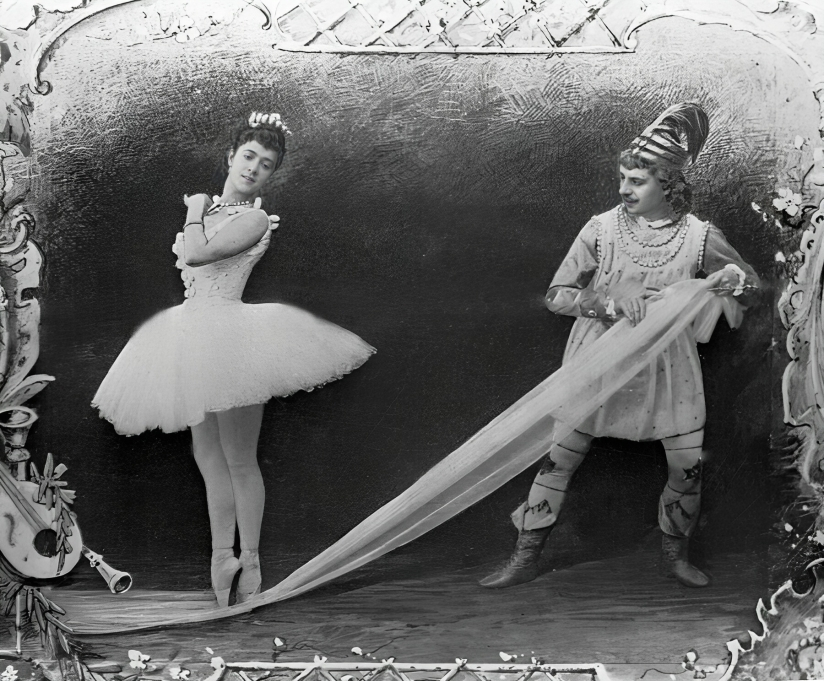
The first time It was performed outside of Russia was in 1934 in England and eventually made its way to the United States in 1944. It subsequently became a must-see event in America in the 1960s, as performances spread across the nation and has remained a staple for some to this day.
Ugly Christmas Sweaters
Who doesn’t participate in this ugly tradition? If you are one of the ones who does, you can blame our neighbors to the north for this silly, iconic tradition. The ugly sweater gained steam in the 1980s and according to the Ugly Christmas Sweater Party Book, sweaters became a party trend in Vancouver, Canada in 2001.
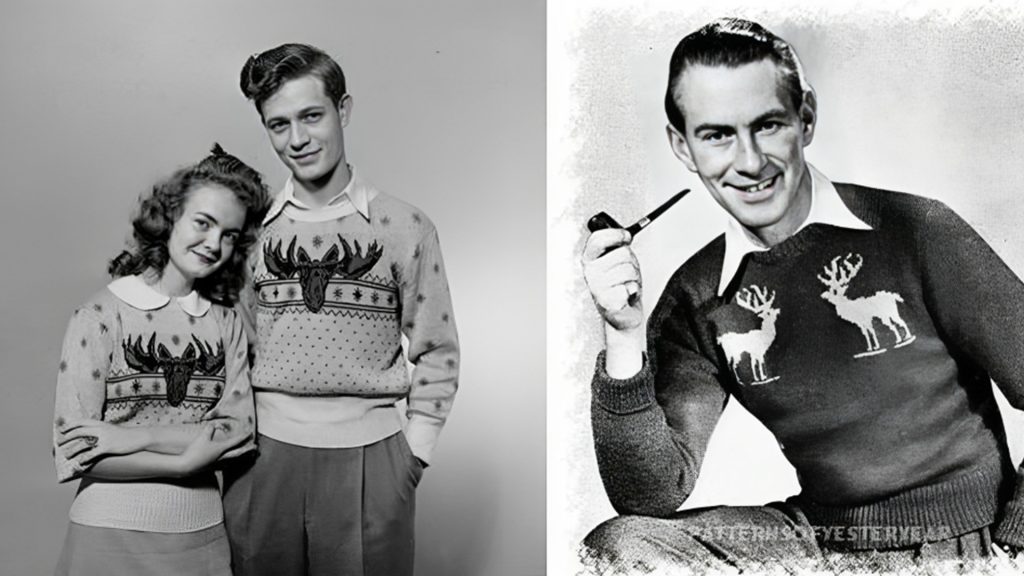
The trend is seemingly here to stay. According to Fox Business, the ugly sweater industry is a multi-million business. Major retailers such as Macy’s, Kohl’s and Target, and even food chains are jumping on the ugly bandwagon.
Cookies and Milk for Santa
Leaving treats for Santa and his reindeer dates back to ancient Norse mythology. Americans began to warm to the tradition during the Great Depression in the 1930s.
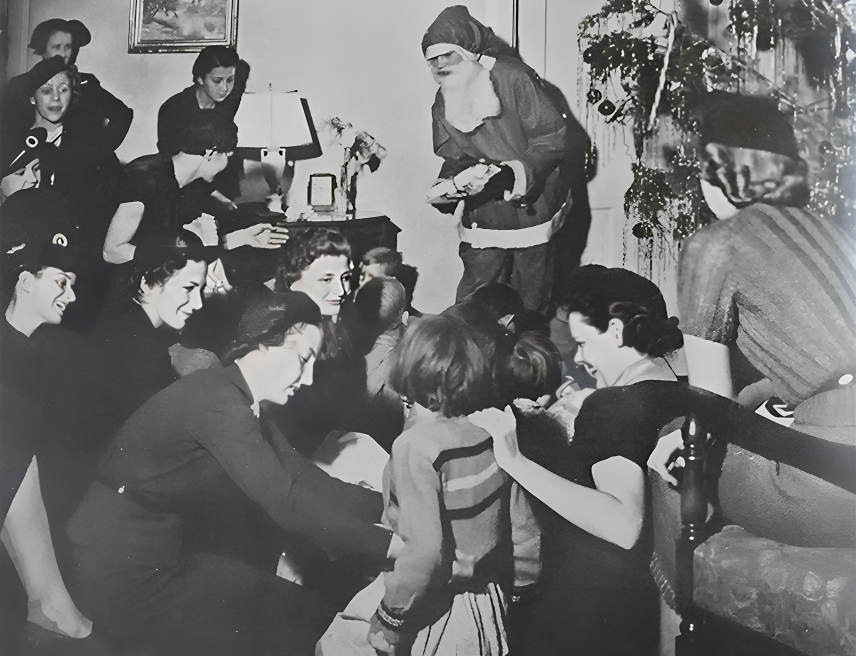
Families, as a sign of showing gratitude during a time of struggle, would gather what little they had to give and would leave a little treat for Santa and his hardworking reindeer by the fireplace at night. By morning the treats would be gone and in their place Santa could leave presents for the children.
Candy Canes
Either being devoured as a treat or placed on the tree as decoration, candy canes are the top selling non-chocolate candy during December.
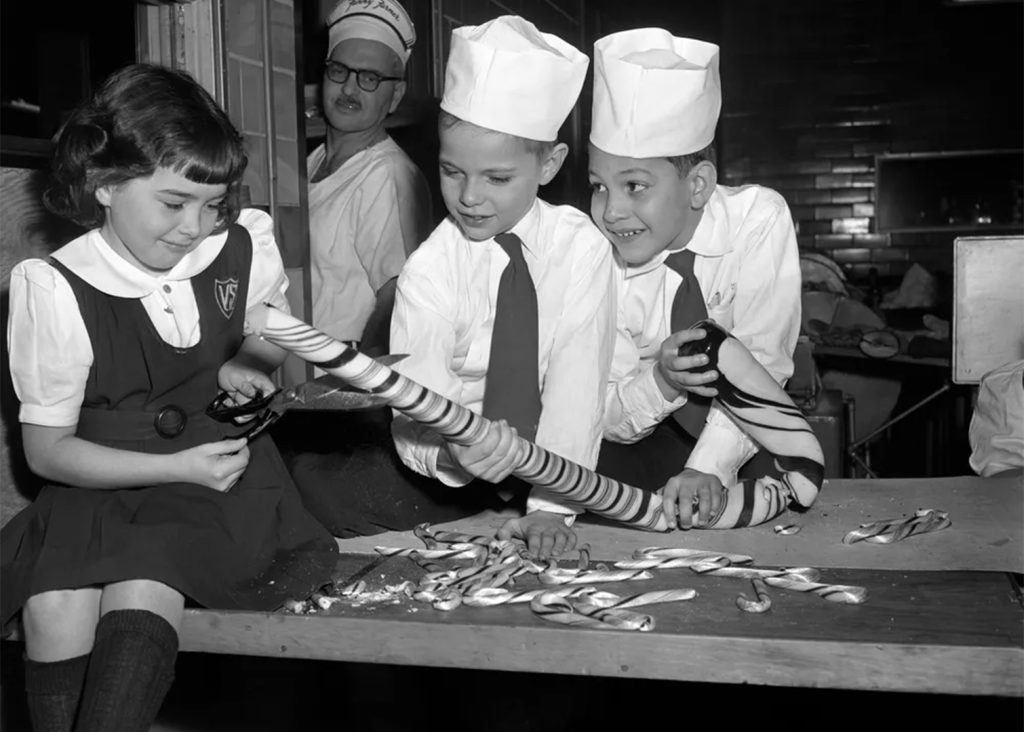
Dating back to 1670 Germany, the red and white peppermint sticks arrived in America in 1847, when a German-Swedish immigrant in Wooster, Ohio placed them on a tree. In the 1950s, an automated candy cane-making machine was invented, and front here the rest is history.
Boozy Eggnog
Nothing is more essential to the holidays like a glass of eggnog with a little something extra to warm you up.
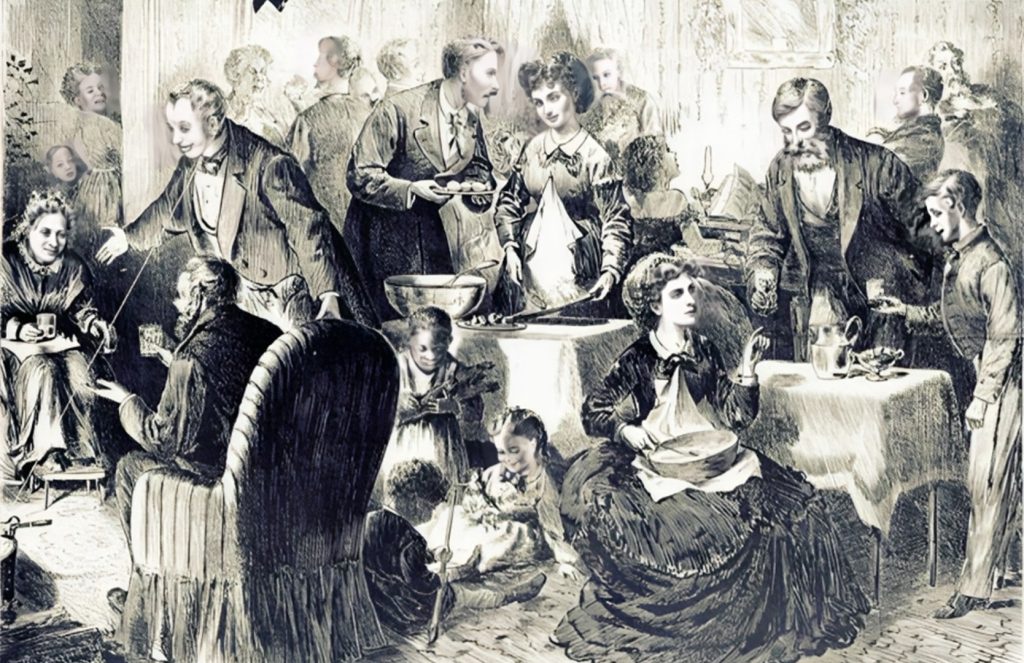
Although the Christmas cocktail originates from medieval England from posset, a drink made with hot curdled milk and ale or wine, American colonists get the credit for making it popular and adding rum. Even George Washington had a special recipe all his own.
Door Wreaths
Wreaths have been around a long time dating back to ancient Greek and Roman times, but the evergreen Christmas wreath is fairly newer. Often adorned with boughs of holly, the evergreen wreath took on Christian meaning.
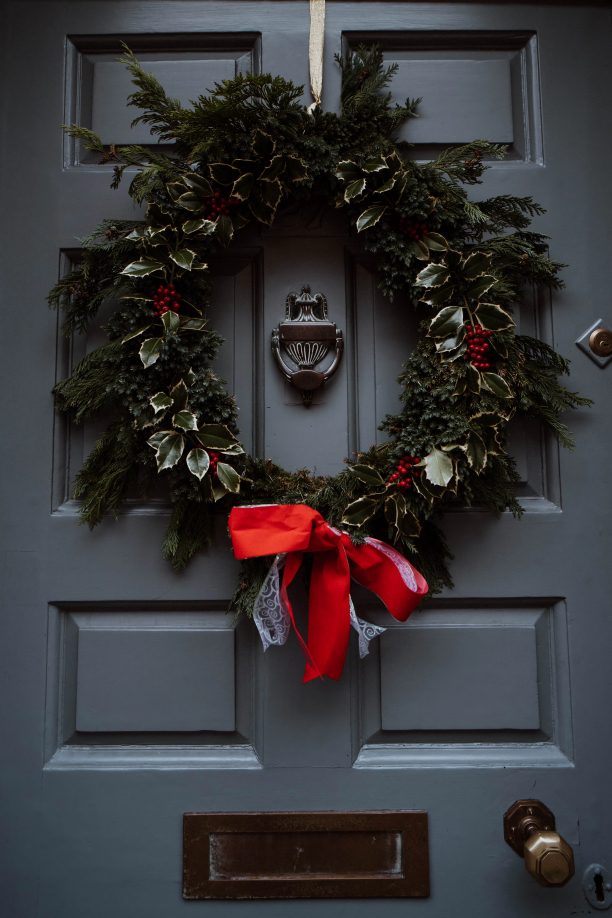
The circular shape represents eternal life and the holly leaves and berries are symbolic of Christ’s crown of thorns and blood. Today’s wreaths, which come in a variety of shapes, colors and sizes are most often seen as a secular winter tradition and not necessarily tied to a religious tradition.
Christmas Cards
The first Christmas card made its debut in 1843 in England with the simple and straightforward message, “A Merry Christmas and a Happy New Year to You.”
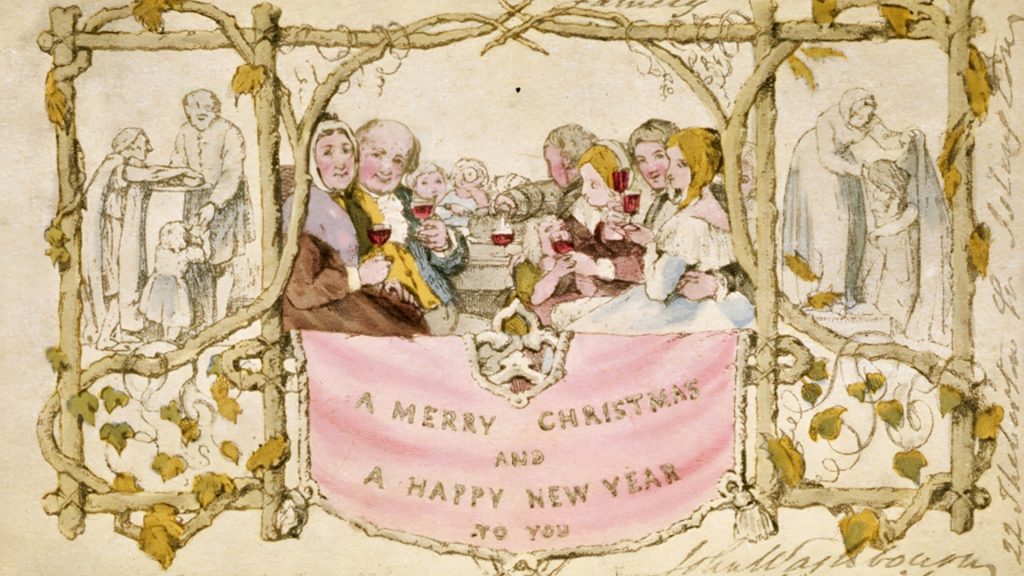
The concept of a mailed winter holiday greeting slowly caught on in both England and the U.S. later on in 1915. The Kansas City-based Hall Brothers, now known as Hallmark, created a folded card sold with an envelope in 1915 and still today is what is sold in stores everywhere. According to the Greeting Card Association, more than 1.6 billion holiday cards are sold every year.
Rockefeller Center Tree Lighting
Whether you watch it on TV or have the pleasure of visiting in person at Rockefeller Center, this tradition is one steeped in history and beloved by many today.

The first Christmas tree at Rockefeller Center was erected in 1931, during the Depression-era construction of Rockefeller Center. On Christmas Eve, Italian-American workers decorated a smaller 20 foot tree with “strings of cranberries, garlands of paper, and even a few tin cans.” Since then, the Rockefeller Center Christmas Tree has been a yearly tradition.
Christmas Lights
In New York in 1882, Thomas Edison may have been known for the light bulb, but it was his partner and friend, Edward Hibberd Johnson, who had the bright idea of hanging lit bulbs around a Christmas tree.
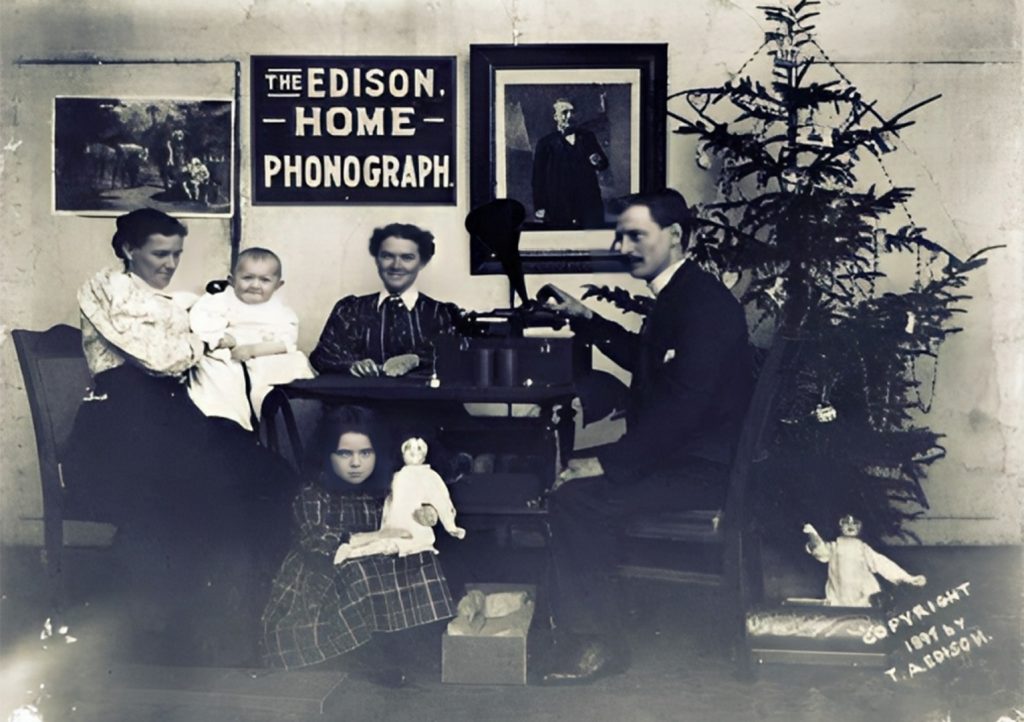
By 1914, the stringed lights were being mass-produced and today something like 150 million sets of lights are sold in the U.S. each year.
Department Store Santa
Lining up at the mall to take a photo of the kids on Santa’s lap might seem like a modern Christmas tradition, but it actually dates back to 1890. Originally, James Edgar of Brockton, Massachusetts had a Santa suit made for him and dressed as the jolly old saint nick at his dry goods store.
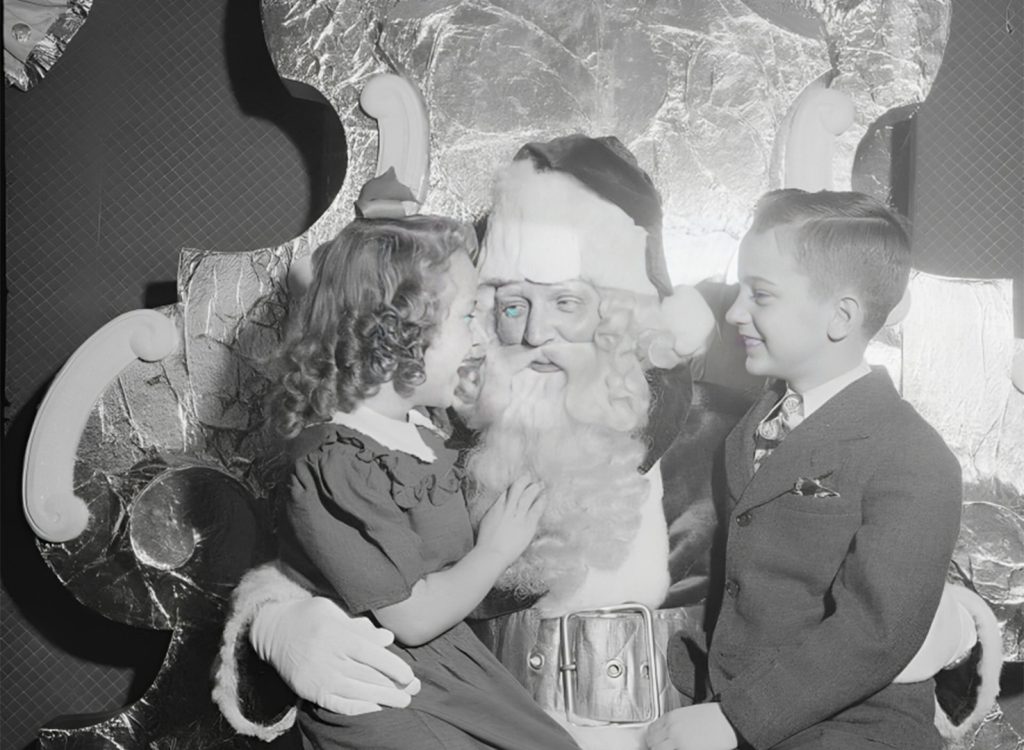
Just a year later Santas could be found in many stores across the country. It is widely known that Edgar was the original store Santa, but Macy’s in New York claims it has been hosting Santa since 1862.
Making Fun of Fruitcake
Fruitcake, although a favorite of the Brits, is a much-maligned mix of dried fruit, nuts and brandy. It has been the butt of many long-running American holiday jokes. Truman Capote even wrote a short story about “fruitcake weather” in 1956.
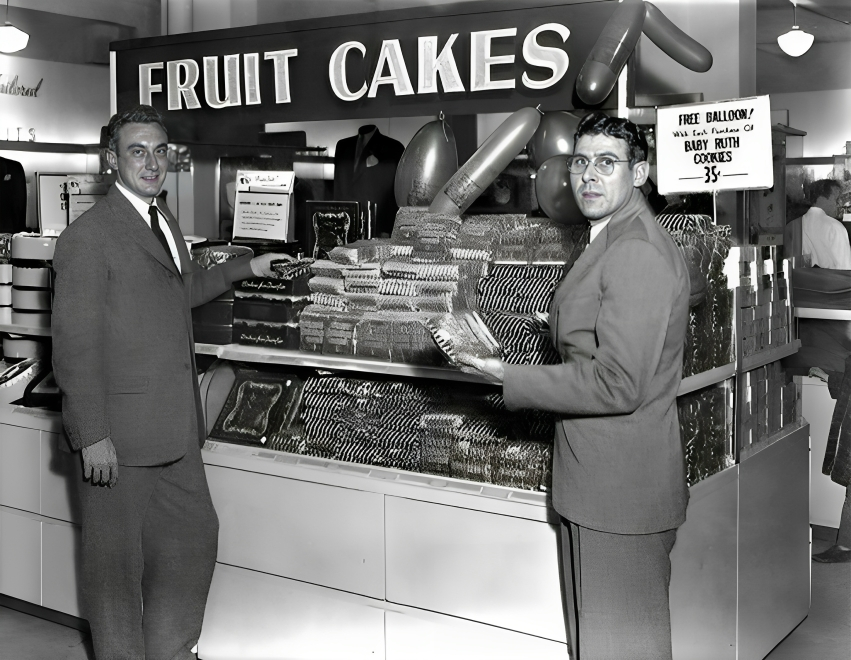
Apparently in a small town in Colorado there is an annual Fruitcake Toss Day on January 3. The dessert has become fodder for many comedians. For example, in 1985 Johnny Carson joked, “The worst Christmas gift is fruitcake. There is only one fruitcake in the entire world, and people keep sending it to each other.”
Cookie Swaps
For over a hundred years, Americans have spent time baking gobbs of cookies to exchange at any number of holiday events on the calendar every December. One of these events is where party goers bring a dozen of their favorite cookies and guests trade then head home with an array of different flavors.

In the book, The Cookie Party Cookbook, the writer Robin Olson states that she found references to “cookie parties” dating back to the late 1800s. “Historically, cookie exchange parties have been a ladies-only event. Exchanges were hosted by friends, relatives, neighbors, social groups, clubs, office co-workers, teams, schools and churches,” she writes.
A Visit from Saint Nick
The reading of the classic, The Night Before Christmas, is an American holiday tradition. It was believed to have been written on Christmas Eve of 1822 and the author is said to have been inspired by his sleigh ride home.

Clement was a professor at the General Theological Seminary in Manhattan, and was “embarrassed by the work, which was made public without his knowledge in December 1823. Moore did not publish it under his name until 1844.”
Luminarias
These simple, folded brown bags filled with sand and lit by votive candles are very popular in the Southwest.
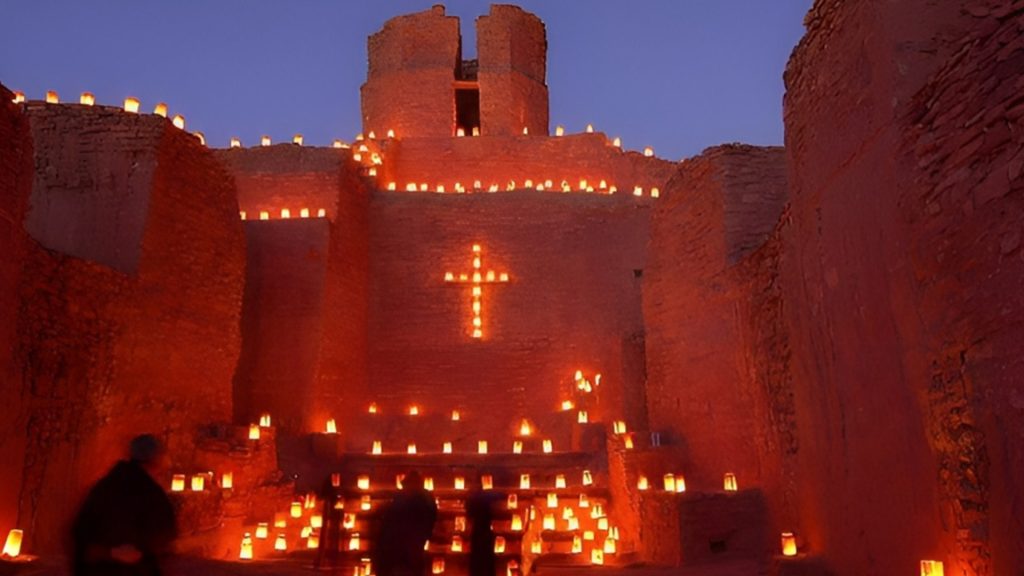
They date back more than 300 years and they line sidewalks and churches in places such as Albuquerque and Santa Fe, New Mexico.
12 Days of Christmas
Although most of us hear the classic between Thanksgiving and Christmas, the Christian 12 days of Christmas, actually takes place from December 25 to January 6. The earliest version of the song, which started out as a poem, is thought to have been published in a children’s book, Mirth With-out Mischief, in 1780.

The modern version is credited to English composer Frederic Austin who took the poem and set it to music. Now every year the PNC Christmas Price Index tallies up the total cost of the 12 gifts named in the song based on current market pricing.
Poinsettias
Dubbed America’s Christmas flower, these plants are native to Central America and were brought to the United States by the country’s first U.S. ambassador to Mexico, botanist Joel Roberts Poinsett, in the 1820s.
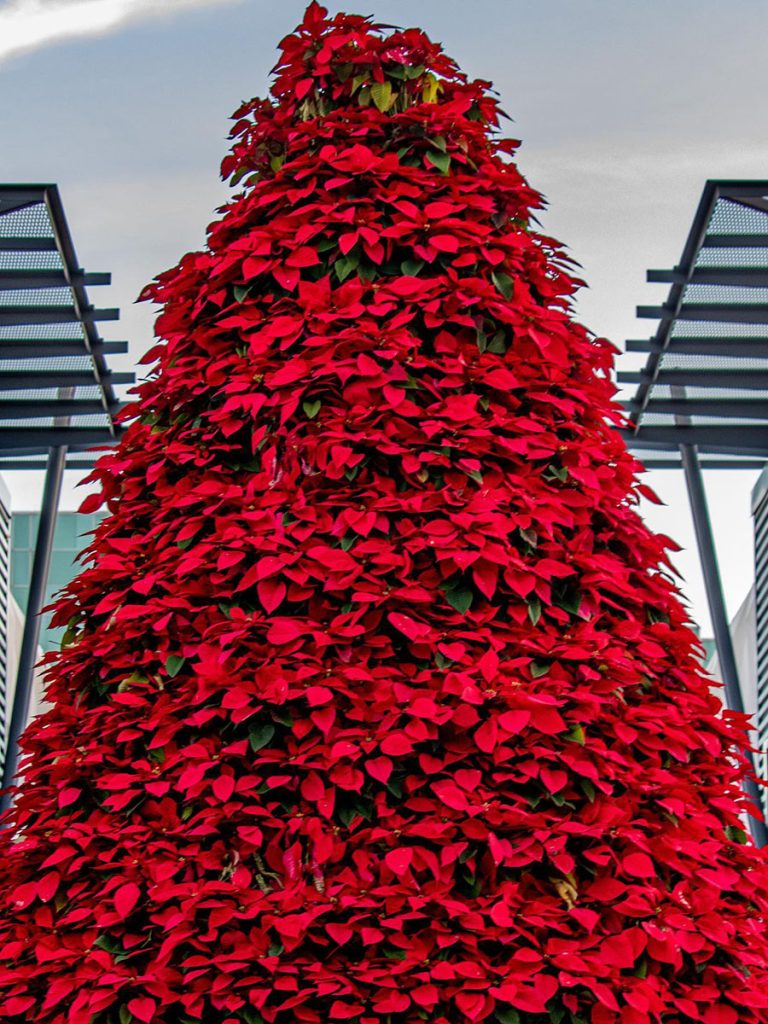
100 years later, California horticulturist Paul Ecke who brought the plants to the masses. He donated the plants to TV shows, and as a result the poinsettia became the best-selling potted plant in the nation by 1986.
Salvation Army Bell Ringers
Every December, bell-ringers are out in force to accept donations with their iconic red kettles. Salvation Army bell-ringers have collected money for the needy since 1891. The tradition started with San Francisco Salvation Army Capt. Joseph McFee who wanted to raise money to offer a free Christmas dinner to 1,000 of the city’s most desperate and needy.
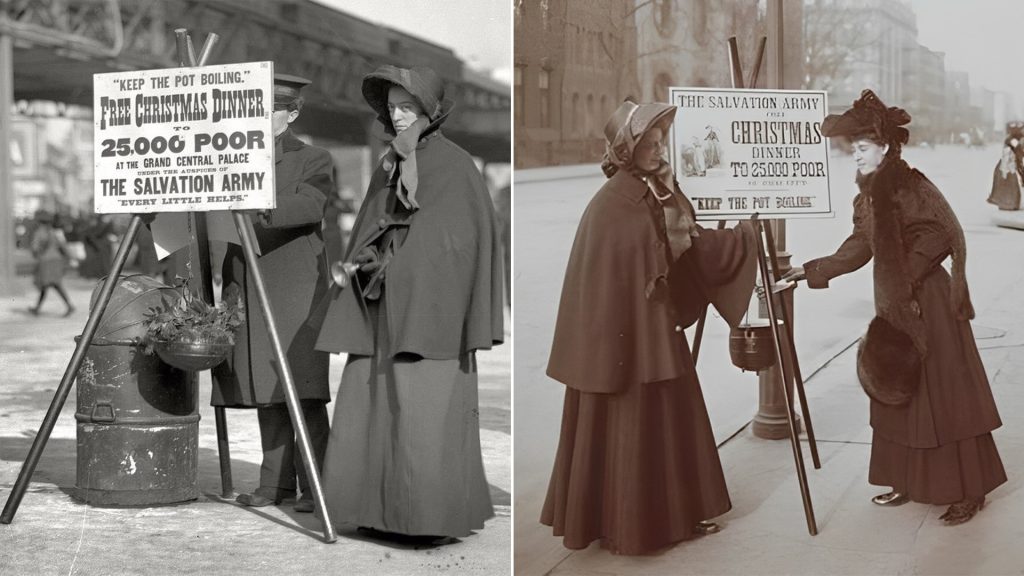
He was inspired by a kettle he had seen in England that people tossed in coins for the poor and decided to set up his own version. The idea caught on and quickly spread across the country and the world. Today, the tradition looks a little different where donations can be made via smartphones but the sentiment remains the same.

